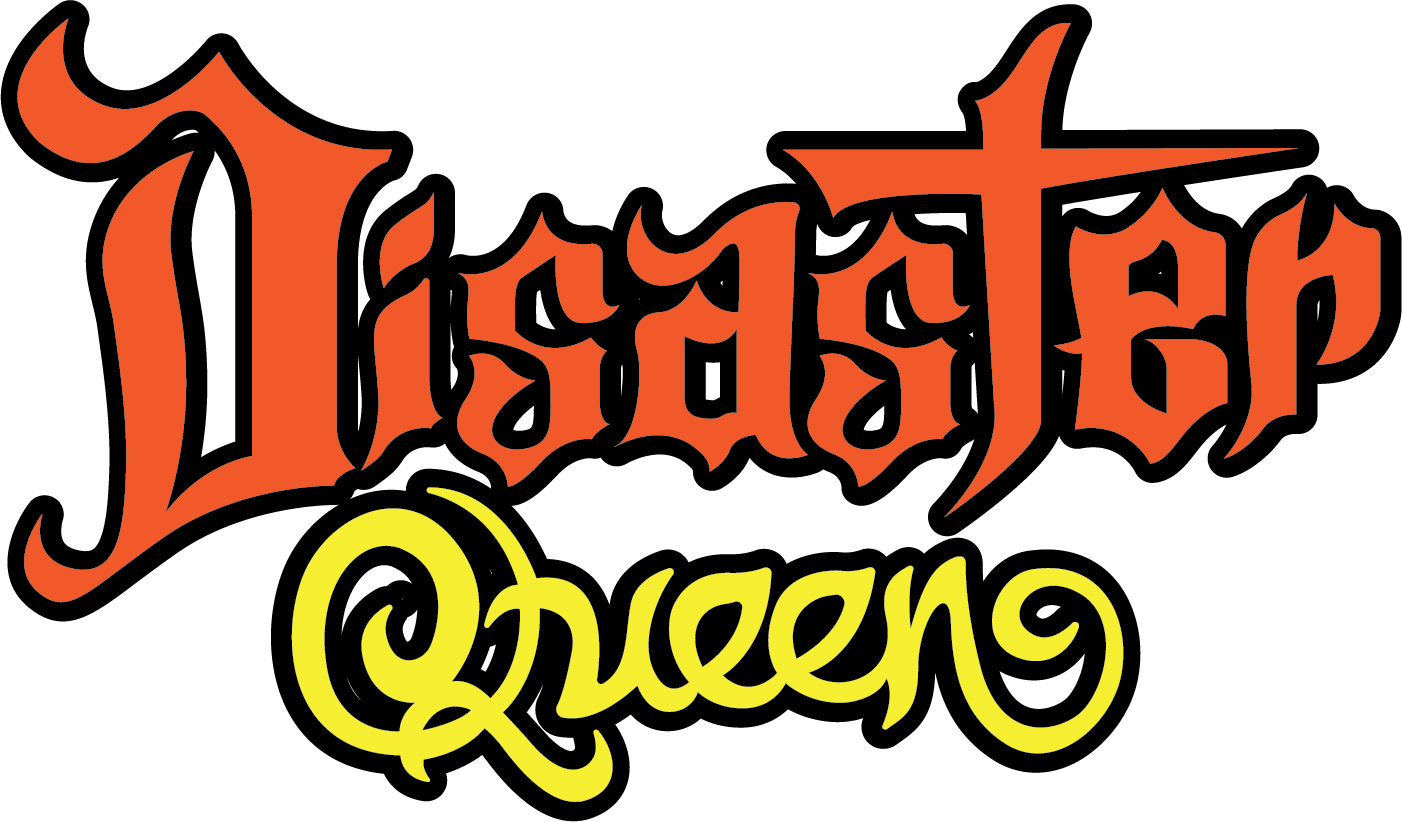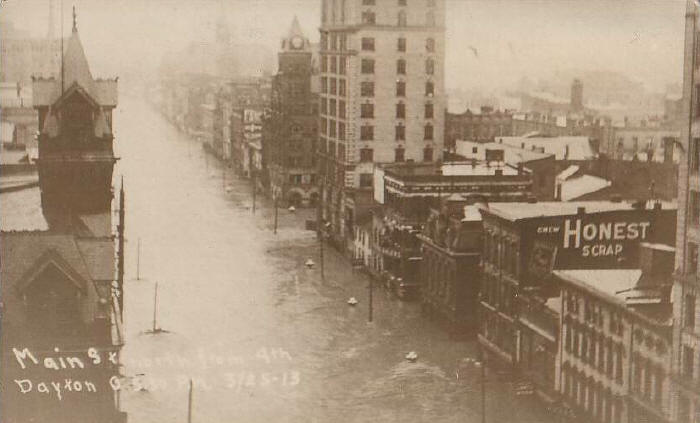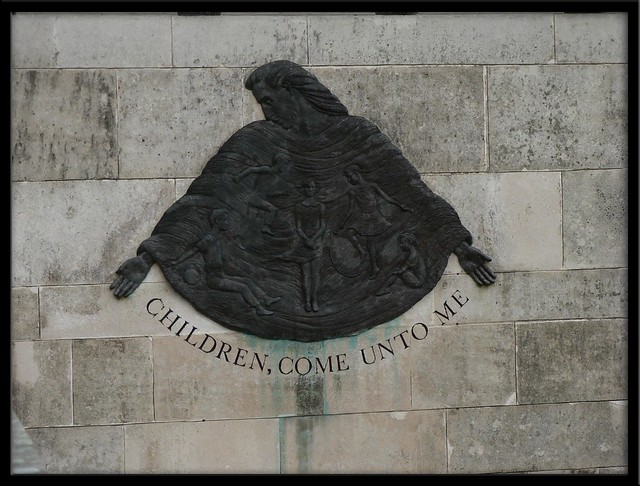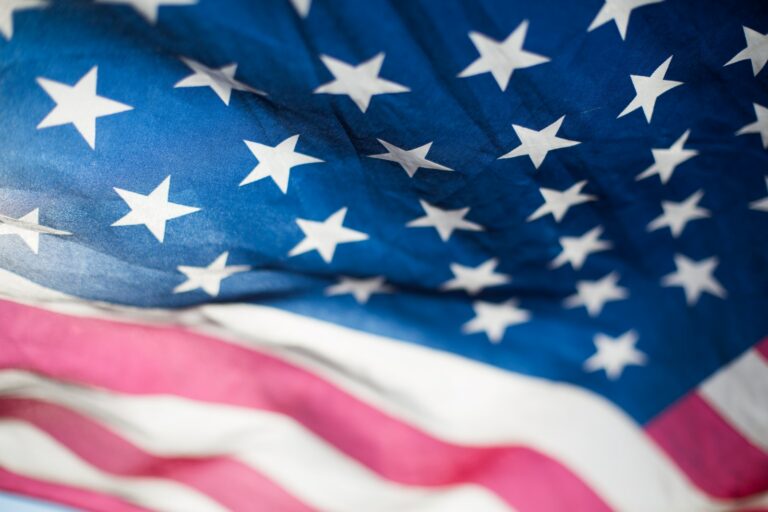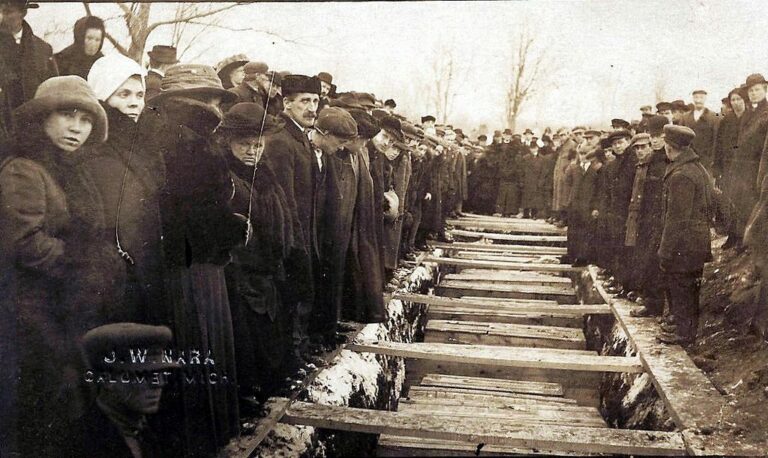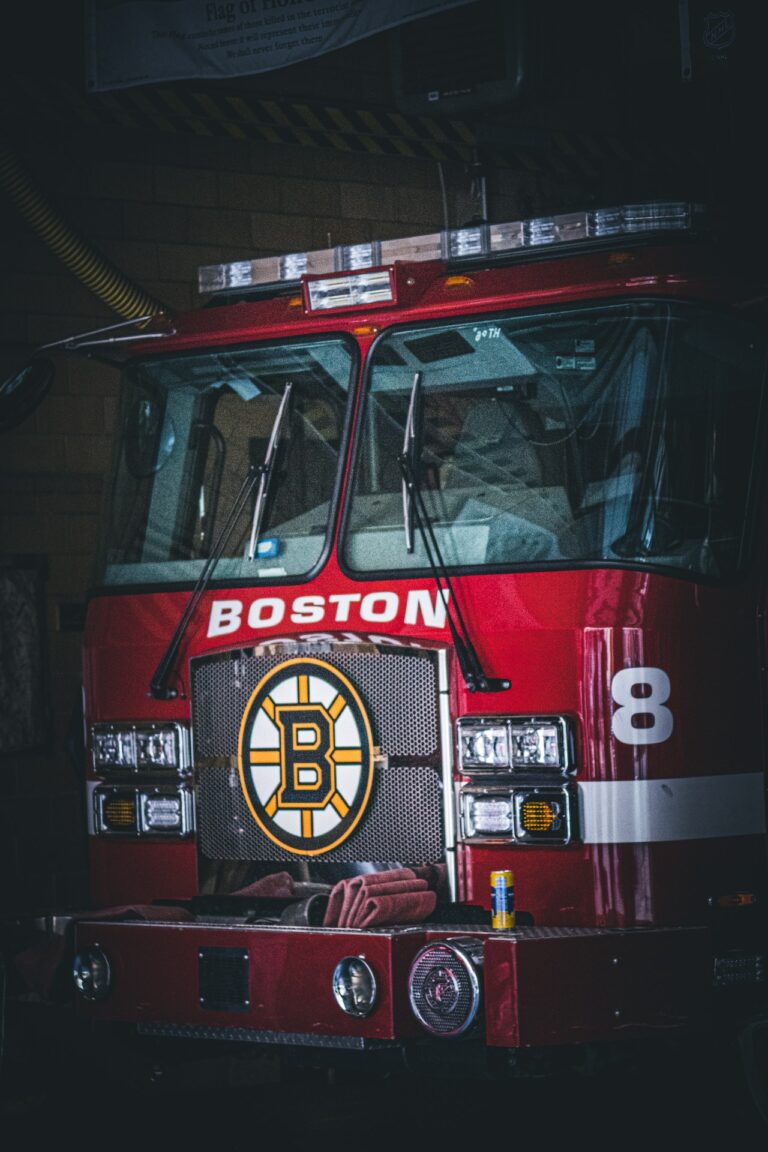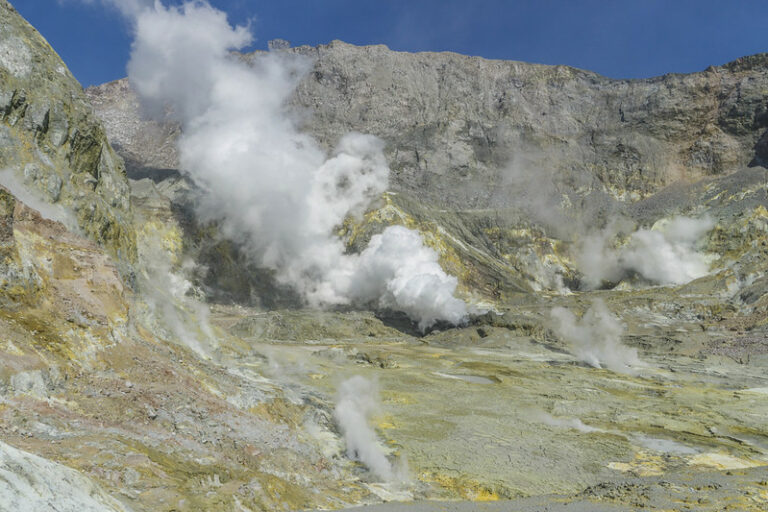Mount St. Helens, the U.S.’ Most Powerful Natural Disaster
When thinking about what to cover on my very first podcast episode of Disaster Queen. Mount St. Helens quickly came to mind. For one, the eruption of this volcano in Washington State is the first disaster (natural or otherwise) I ever remember hearing about, even though I was not quite three years old when it erupted. Secondly, I had watched a documentary about it by National Geographic on Disney + (more than once because I was immediately obsessed!) which led me to read a book about it and basically, seek out any other information I could about it. The documentary was perhaps the gateway through which the path to this podcast began. Thanks, Nat Geo!

The Eruption of Mount St. Helens Was a Huge Deal
1980 was a busy year in the United States: a presidential election, an ongoing hostage crisis and failed rescue mission (hint: stay tuned for episode 3!!), the tragic assassination of John Lennon, and the continued economic and inflation crises left over from the seventies. The importance of the eruption of Mount St. Helens in both its physical and economic impact in Washington state and in its domination of the U.S. news cycle cannot be underscored. While not the deadliest, it remains the most powerful natural disaster in U.S. history, and the landslide it caused remains the largest landslide ever recorded in the history of the world, period.
The environmental destruction and human loss of life caused by the eruption are both unforgettably tragic. Fortunately, they were not completely in vain. The mistakes made my government officials and geologists alike continue to factor into the monitoring of active volcanoes around the world. It may sound crazy, but because of what happened at Mount St. Helens, the world is now a bit safer for all of us, at least where volcanoes are concerned.
What Did We Learn From the Eruption of Mount St. Helens?
No spoilers here: you’re going to have to listen to the episode if you want to know what we learned from this natural disaster, whose force was 500 times greater than the bomb that was dropped on Hiroshima, Japan in 1945. I for one, cannot wrap my mind around that! But it’s true, and as I mentioned, what we learned was life-saving. It honors the memories of the 57 lives lost to Mount St. Helens’ massive landslide, super-heated violently windy ash cloud, downed trees and mud-flow floods.
Who Were the People that Died in the Eruption of Mount St. Helens?
The people that died in the eruption were just like you and me. For the most part, they were not adventure-seekers at all. They were just trying to spend a beautiful day out in nature, or they were just doing their everyday jobs. They were scientists, photographers, fishermen, loggers, people out Sunday driving, moms and dads, friends, siblings, daughters and sons. They were all innocent, and they are all terribly missed. It is my privilege to tell a few of their stories in episode one of the Disaster Queen Podcast.
I hope you will join me for this episode and for many more! This podcast is a dream come true for me, a history lover, a writer, and a storyteller.
Oh – and here’s a fun little nugget I discovered AFTER I recorded the episode. If you listen you will hear me say I remember “people” bringing souvenirs from Mount St. Helens home to Ohio after vacations out west. But I didn’t know specifically who, it was just a vague memory. Well, the person I remember bringing back a souvenir jar of “real Mount St. Helens ash” from vacation? According to my mom, it was my grandpa, and my parents STILL have the jar! How cool is that?
Enjoy the show and please leave me a review and rating, and come back here to comment and let me know what you think.
Thank you so much, Disaster Pod Squad!
XO, Jenny
Apple Podcasts | Spotify | Acast
On May 18, 1980 the sleeping giant that was Mount St. Helens awoke and erupted with a force that blew even studied geologists away with its violence. We’ll deep dive into the eruption and it’s devastating toll, including a massive loss of human life and an unprecedented environmental destruction. Mount St. Helens killed 57, wounded many many more, and destroyed hundreds of homes and thousands of acres of forest. Why didn’t authorities do more to protect the people in the surrounding areas when the mountain was giving clear signs that an eruption was imminent? We’ll cover all that on more on this first episode of the Disaster Queen Podcast.
To research this podcast, I used the following source materials:
Eruption: The Untold Story of Mount St. Helens by Steve Olson
https://www.latimes.com/archives/la-xpm-2005-may-15-adna-helensvic15-story.html
https://www.usatoday.com/story/news/nation-now/2015/05/17/mount-st-helens-people-stayed/27311467/
Documentary: Surviving the Mount St. Helen’s Disaster
Documentary: Seconds From Disaster, Mount St. Helen’s Eruption
The Disaster Queen Podcast is a production of Disaster Queen Productions LLC.
It is produced, researched and written by Jenny Rapson, the Disaster Queen.
The Disaster Queen Pod Squad:
Audio engineering: Robert Rapson
Editing: Josh Rapson
Original theme music: Robert Rapson
Original podcast artwork: Ken Clark
Website Design: Hello Chicky Design
